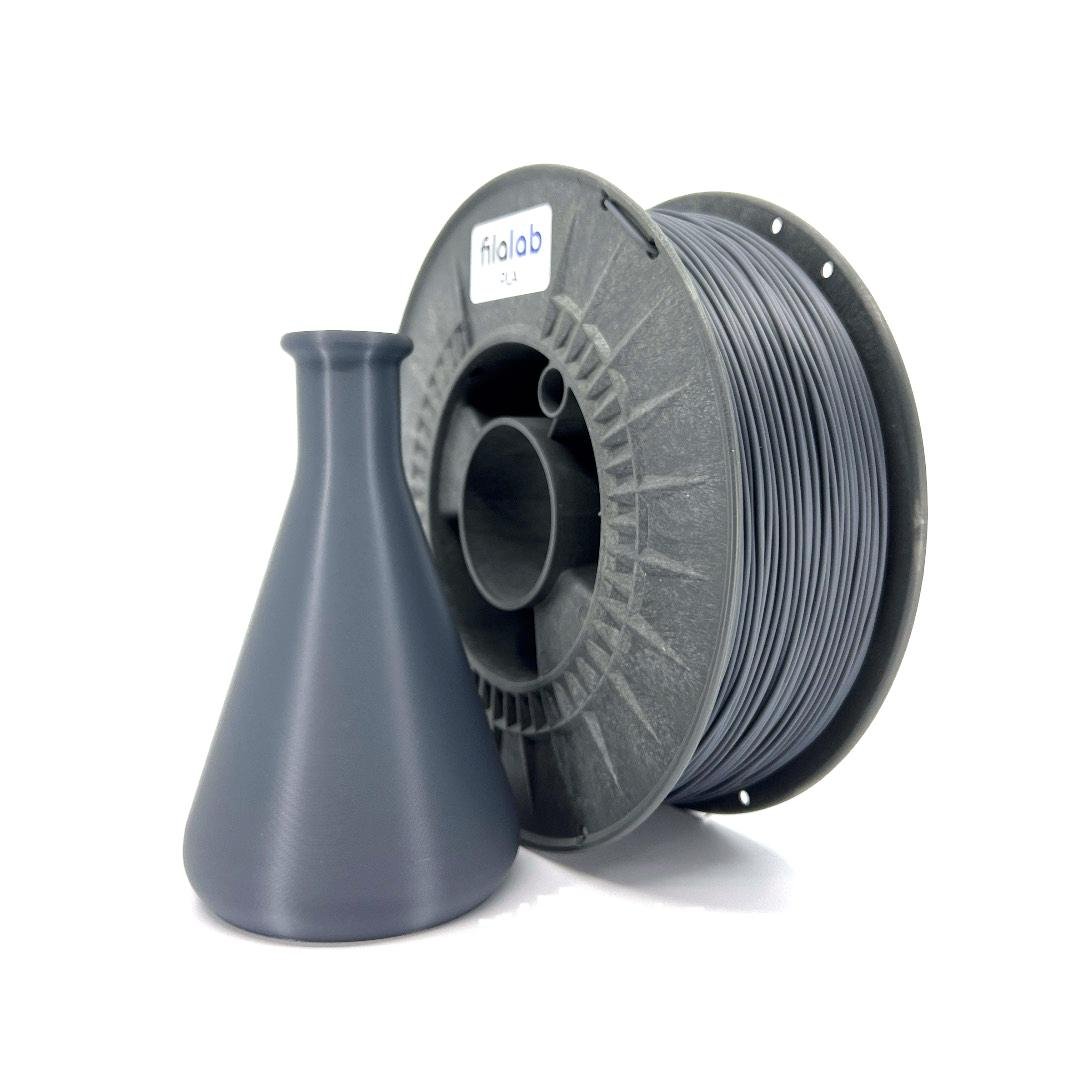3D printing has evolved far beyond monochrome PLA figurines. Today, creators are combining materials to make parts that are not just beautiful, but also functional, flexible, and structurally unique. Whether you’re designing a part with built-in hinges, creating dual-color prints, or using dissolvable supports, multi-material 3D printing opens a world of creative possibilities. But it also comes with its challenges. In this guide, we’ll cover everything you need to know about combining different filaments in one print — from compatibility tips to slicing strategies and expert tricks that save you hours of trial and error.
What Is Multi-Material 3D Printing?
Multi-material 3D printing refers to using two or more different types of filament in a single print job. This can mean printing in two colors of PLA for aesthetics, combining a rigid PLA with a flexible TPU for function, or pairing a strong PETG with water-soluble PVA for easy support removal. The possibilities are endless, but the complexity increases when each filament type brings its own print temperature, bed adhesion, and extrusion behavior. That’s why preparation is key.
Do You Need a Special Printer?
To print with multiple materials, your printer setup must support either:
- Dual extruders: Independent or dependent extruders allow printing two materials at once.
- Single extruder with material switching: Tools like the Prusa MMU2S allow you to switch materials mid-print with a single hotend.
If you’re using a single extruder setup, the slicing software must control the filament swap accurately, which requires proper filament retraction and purge towers to avoid contamination between materials.
Upgrades to consider:
- All-metal hotend for higher temperature materials
- Hardened nozzles for abrasive filaments (e.g., woodfill or carbon fiber)
- Better bed adhesion surfaces like PEI or BuildTak
Choosing the Right Filaments to Combine
Not every filament plays nicely with others. Here’s what to consider before combining:
- Temperature Compatibility: PLA prints around 190–220°C, while PETG needs 230–250°C. Using filaments with close printing temperatures reduces warping and nozzle switching issues.
- Layer Bonding: Some filaments adhere poorly to others. PLA bonds well with PETG and TPU, but ABS tends to delaminate when layered with PLA.
- Purpose of the Print: For functional parts, pair rigid materials (like PETG or ABS) with flexible TPU for grip zones or hinges. For aesthetic parts, two contrasting colors of PLA may suffice.
- Avoid Cross-Contamination: Abrasive filaments can damage standard nozzles, and flexible filaments can jam Bowden setups if not properly calibrated.
Slicing for Multi-Filament Prints
Your slicer is the brain of the operation. Choose one that supports multi-material printing, such as:
- PrusaSlicer: Ideal for multi-material support, especially if using a Prusa printer or MMU.
- Cura: Offers robust profiles and plugin support for dual-extrusion systems.
- IdeaMaker: Great for Raise3D printers and custom material settings.
In the slicer:
- Assign each part or region of your model to a specific extruder/material.
- Use purge towers to clean the nozzle between material switches.
- Optimize retraction settings and avoid unnecessary switching to save time and filament.
Managing Bed Adhesion and Temperatures
Bed adhesion becomes more complicated when filaments have different temperature needs. Here are some general tips:
- Use glue stick or hairspray for PETG to prevent damage to the build surface.
- Use blue painter’s tape or PEI sheets for PLA and TPU.
- Level the bed precisely and ensure the first layer height is well calibrated.
If you’re printing with materials that have a big temperature gap (e.g., PLA + Nylon), it may be best to avoid combining them altogether unless you’re an expert in dialing in advanced settings.
Common Issues and How to Avoid Them
Multi-filament prints often fail because of:
- Oozing and stringing between extruders
- Warping when switching to high-temp materials
- Clogs from improper retraction or filament residue
To prevent this:
- Print a calibration cube before starting your actual project.
- Store your filaments in dry boxes to prevent moisture absorption.
- Clean nozzles between filament changes using a cold-pull method if needed.
Pro Tips for Success
- Print in Parts: If your printer isn’t multi-material capable, consider printing separate parts and assembling them later with adhesives or joints.
- Use Soluble Supports: If your model has overhangs, pair PLA or PETG with PVA for clean support removal.
- Be Strategic with Design: Use CAD tools to design assemblies meant for multi-filament use. Assign materials based on stress zones or design intentions.
Final Thoughts
Combining different filaments in one print is both an art and a science. With the right printer, materials, slicer, and a bit of patience, you can achieve stunning results that single-material prints simply can’t offer. The key is knowing your materials and how they behave — and now, you’ve got the roadmap.Ready to experiment with your next dual-material creation? Browse our curated selection of premium filaments at FilaLab.shop — tested and trusted by the maker community.

